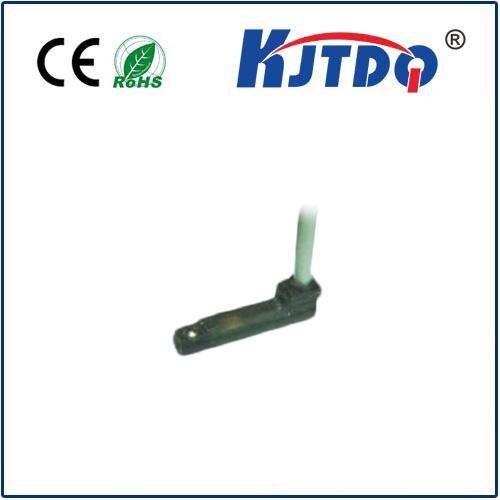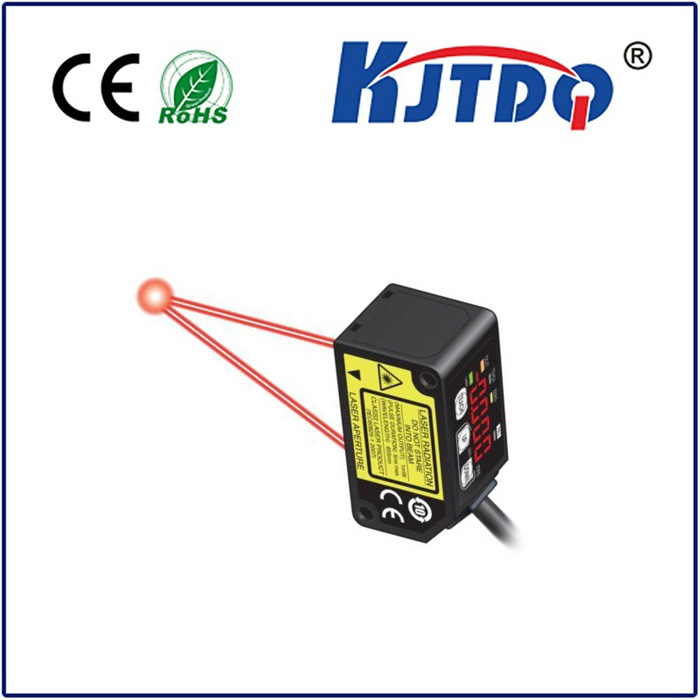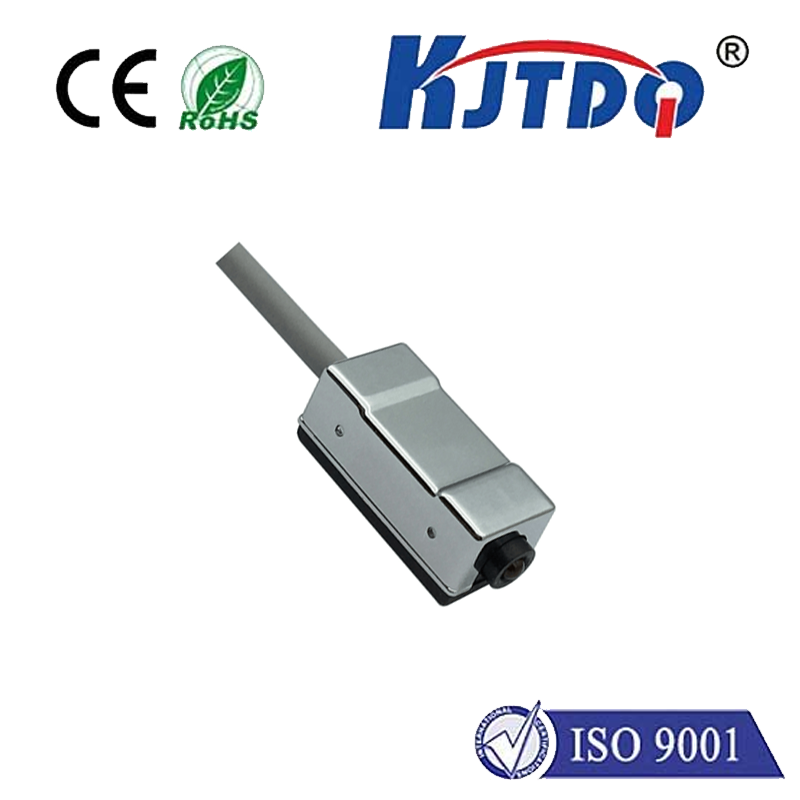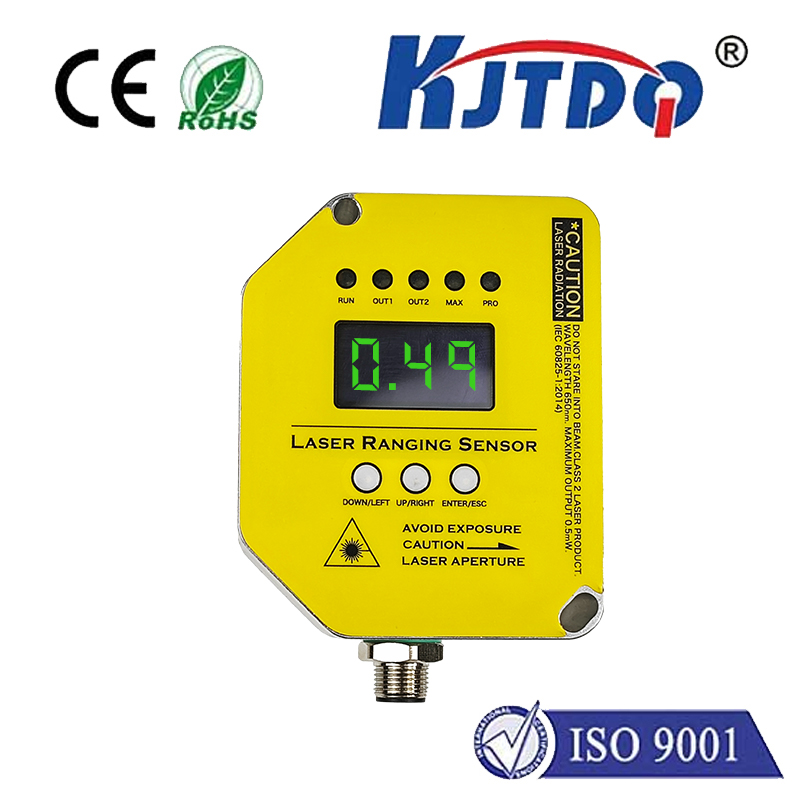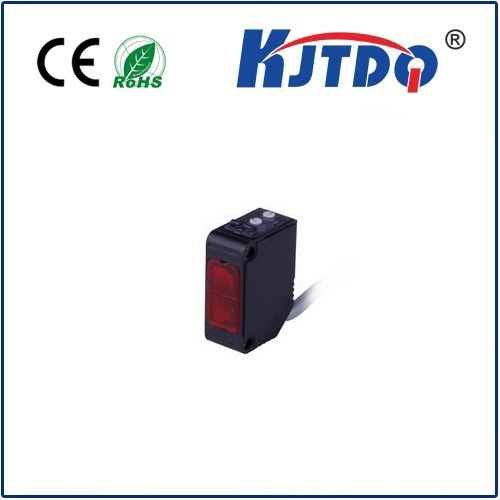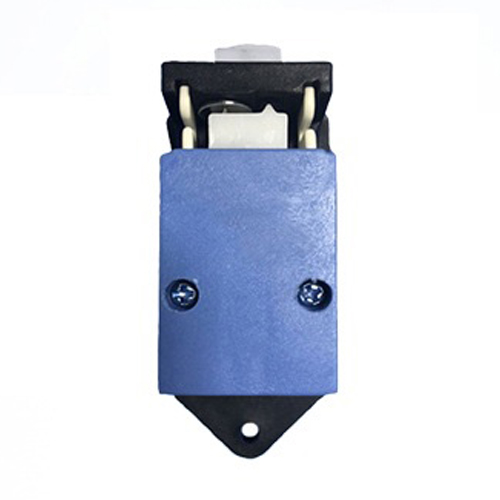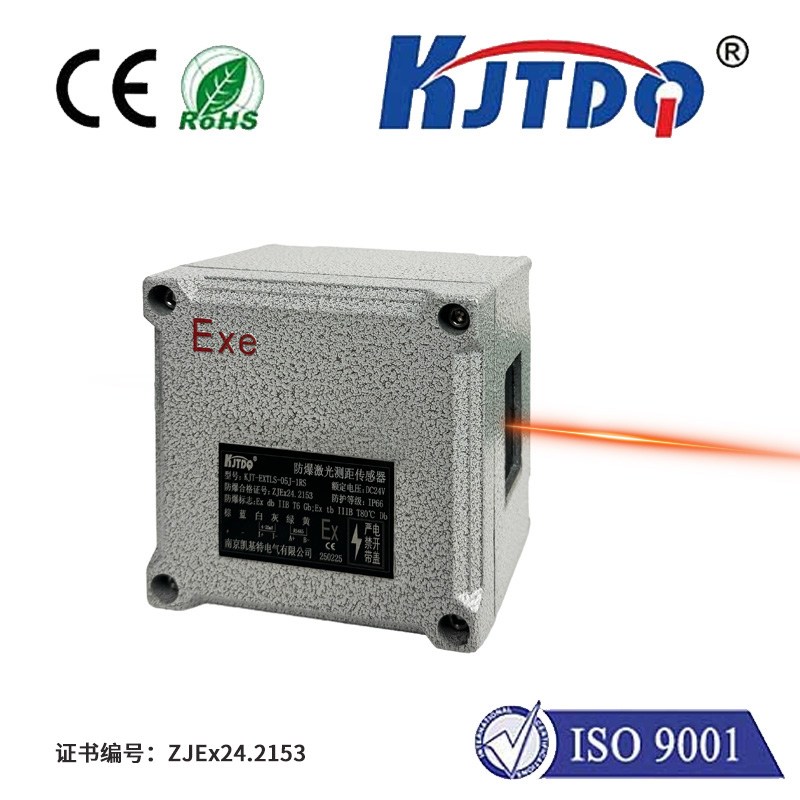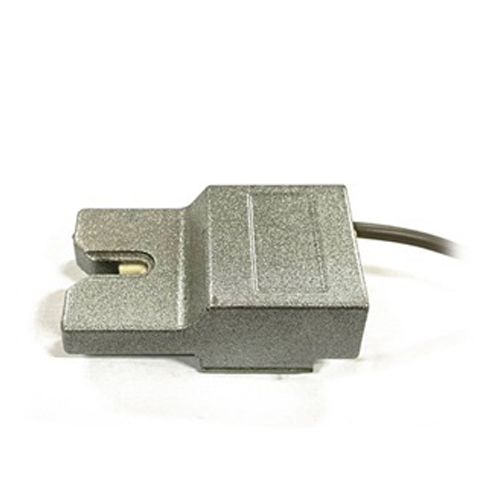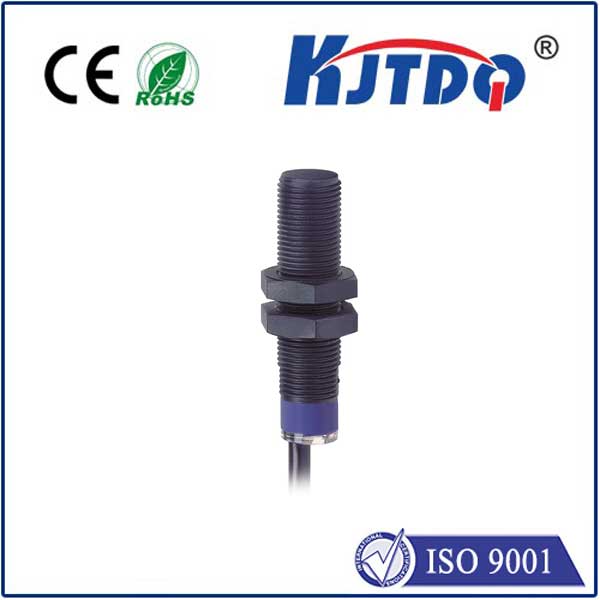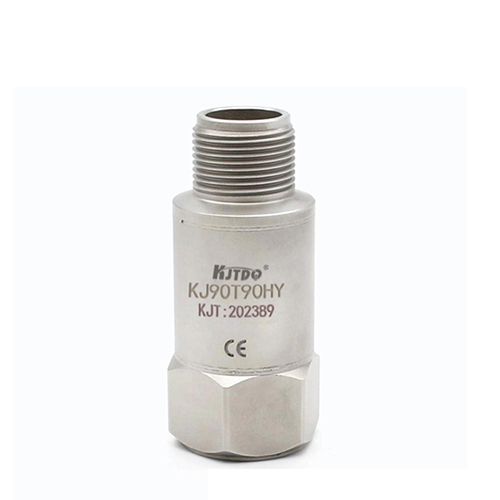

check

check

check

check
Imagine a busy bottling line. Glass containers whiz by at blinding speed. Precisely detecting their presence, level, or even the liquid inside – without touching them – is critical. Any contact introduces risk: contamination, damage, or wear. This is where Autonics capacitive sensors shine, offering a robust and adaptable sensing solution far beyond simple presence detection. In the demanding world of industrial automation, their ability to “see” through barriers and detect diverse materials reliably makes them an indispensable tool for optimizing processes and enhancing quality control.
Understanding the Core Principle: Electric Field Sensing
At the heart of every Autonic capacitive sensor lies a simple, yet powerful, principle. The sensor face acts as one plate of an invisible capacitor. The target object (or material) acts as the other plate. The space between them is the dielectric. When an object enters the sensor’s active field, it alters the capacitance of this system. The sensor’s sophisticated electronics detect this minute change in capacitance and trigger a solid-state output signal.
The genius of capacitive sensing, particularly Autonics’ implementation, is its non-contact operation. This eliminates mechanical wear on both the sensor and the target, leading to significantly longer operational lifespans and reduced maintenance costs compared to mechanical switches or even some other sensor types. Furthermore, their ability to detect virtually any object – metals, plastics, glass, wood, liquids, powders, and even granular materials – provides unmatched versatility.
Why Autonics Stands Out: Performance Engineered for Industry

Autonics has built a strong reputation by focusing on reliability, performance, and ease of use within the industrial automation sensor market. Their capacitive sensor range embodies this commitment:
Real-World Applications: Solving Industrial Challenges
The versatility of Autonics capacitive sensors makes them suitable for a vast array of automation tasks across numerous sectors:
Selecting the Right Autonics Capacitive Sensor
Choosing the optimal sensor involves considering several key factors:
Integrating with Confidence
Integrating an Autonics capacitive sensor is typically straightforward. Their standardized M8/M12 connectors or cable outputs simplify wiring. The availability of sensitivity adjustment allows for quick optimization on-site. Crucially, their inherent stability means that once correctly configured, they deliver long-term, maintenance-free operation, minimizing production downtime.
The Strategic Advantage
In an industrial landscape demanding ever-higher efficiency, flexibility, and reliability, Autonics capacitive sensors offer a compelling solution. Their non-contact nature eliminates wear, their material versatility solves complex detection challenges, and their robust construction withstands demanding environments. By providing precise, reliable detection of a wider range of materials than many alternatives, they empower automation engineers to design more efficient, adaptable, and resilient systems. Whether ensuring consistent filling levels, verifying package presence, or monitoring granular materials, choosing Autonic capacitive sensors represents a strategic investment in smoother operation and enhanced process control.
